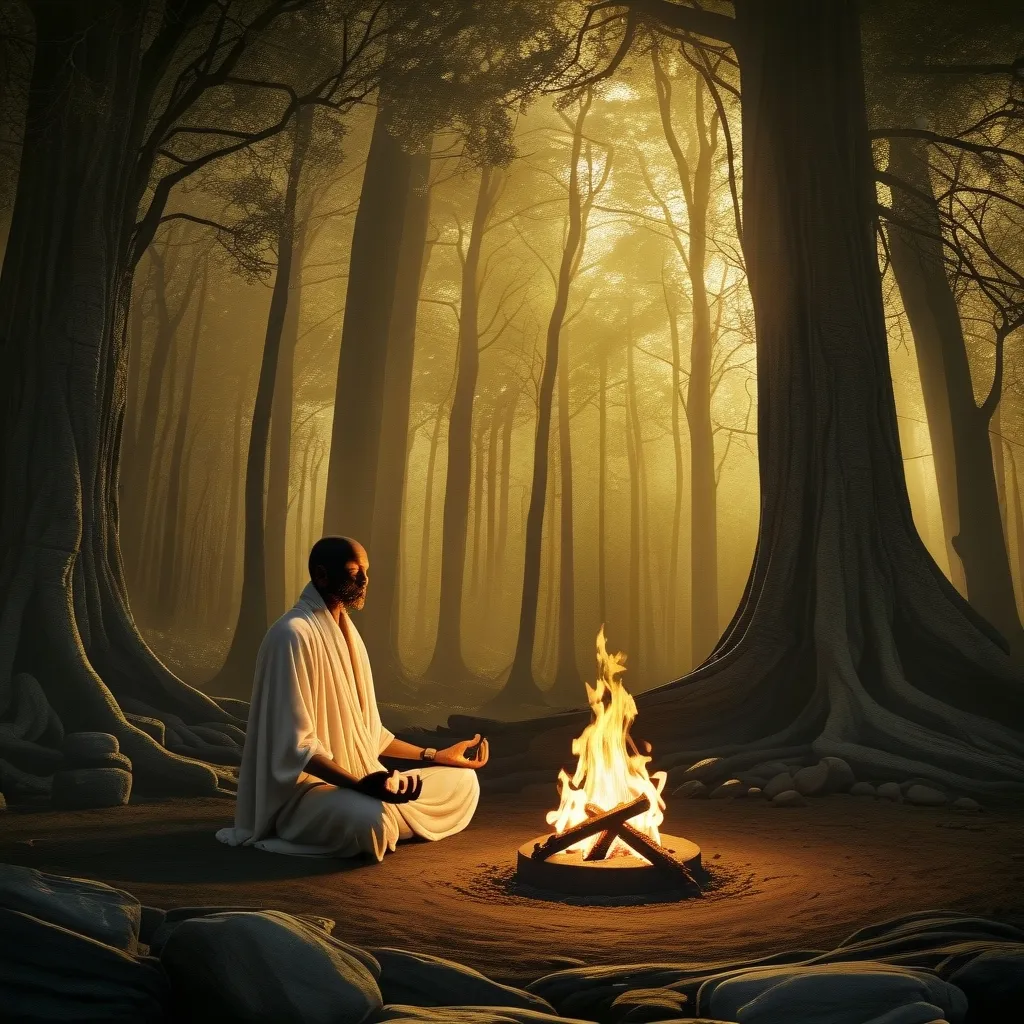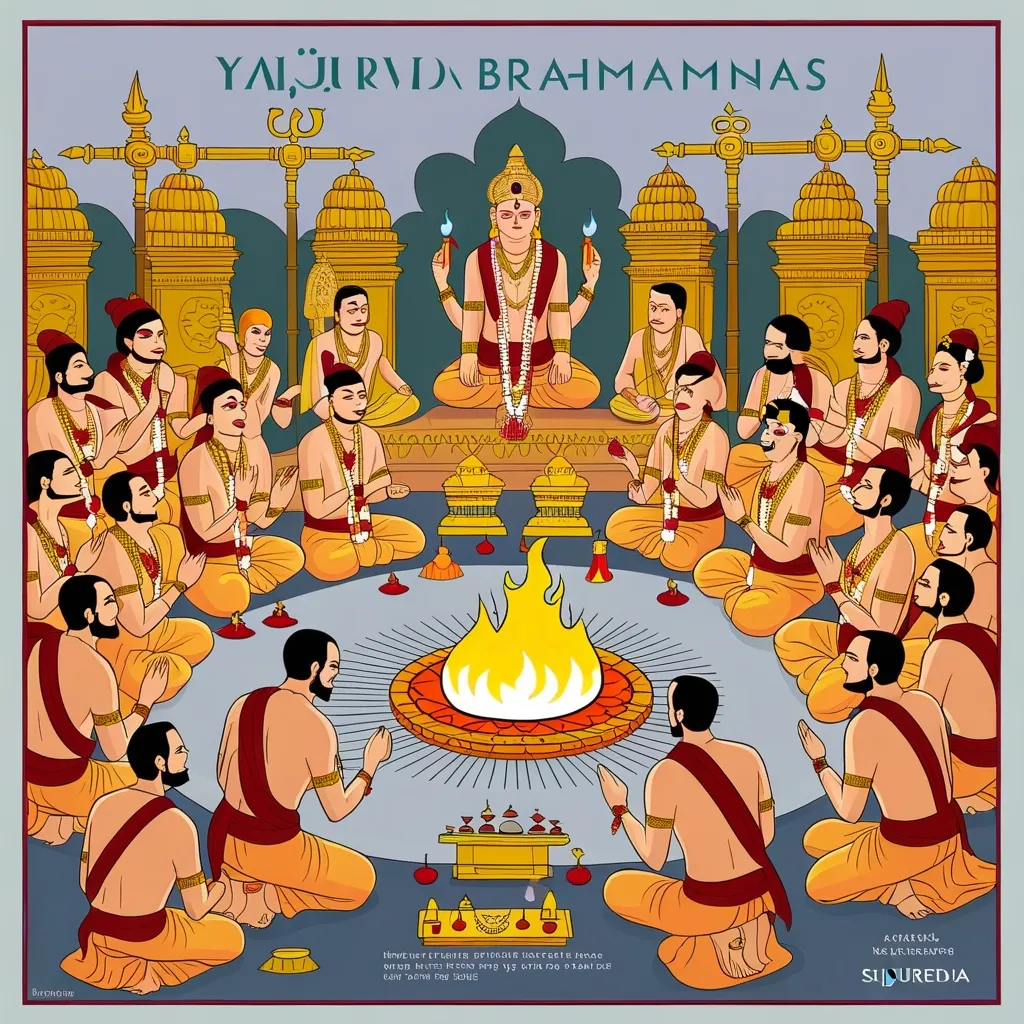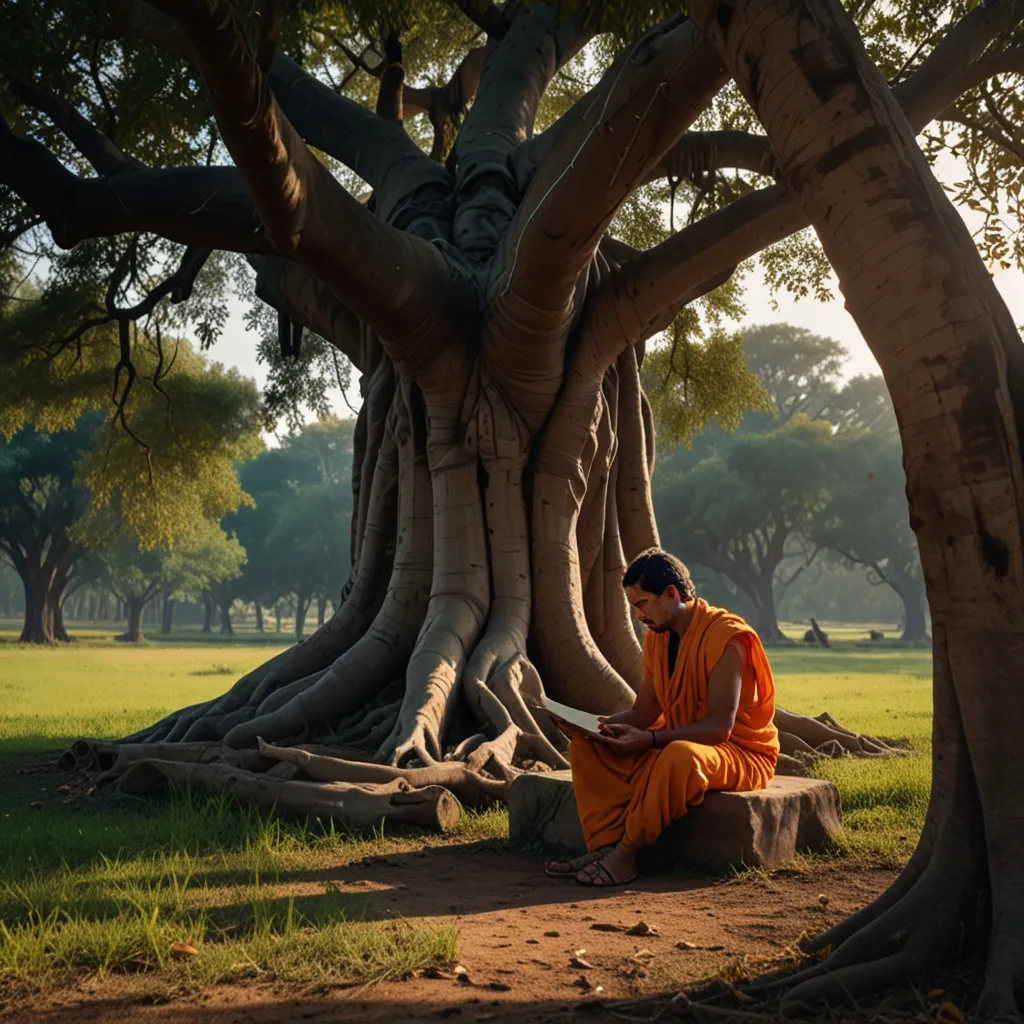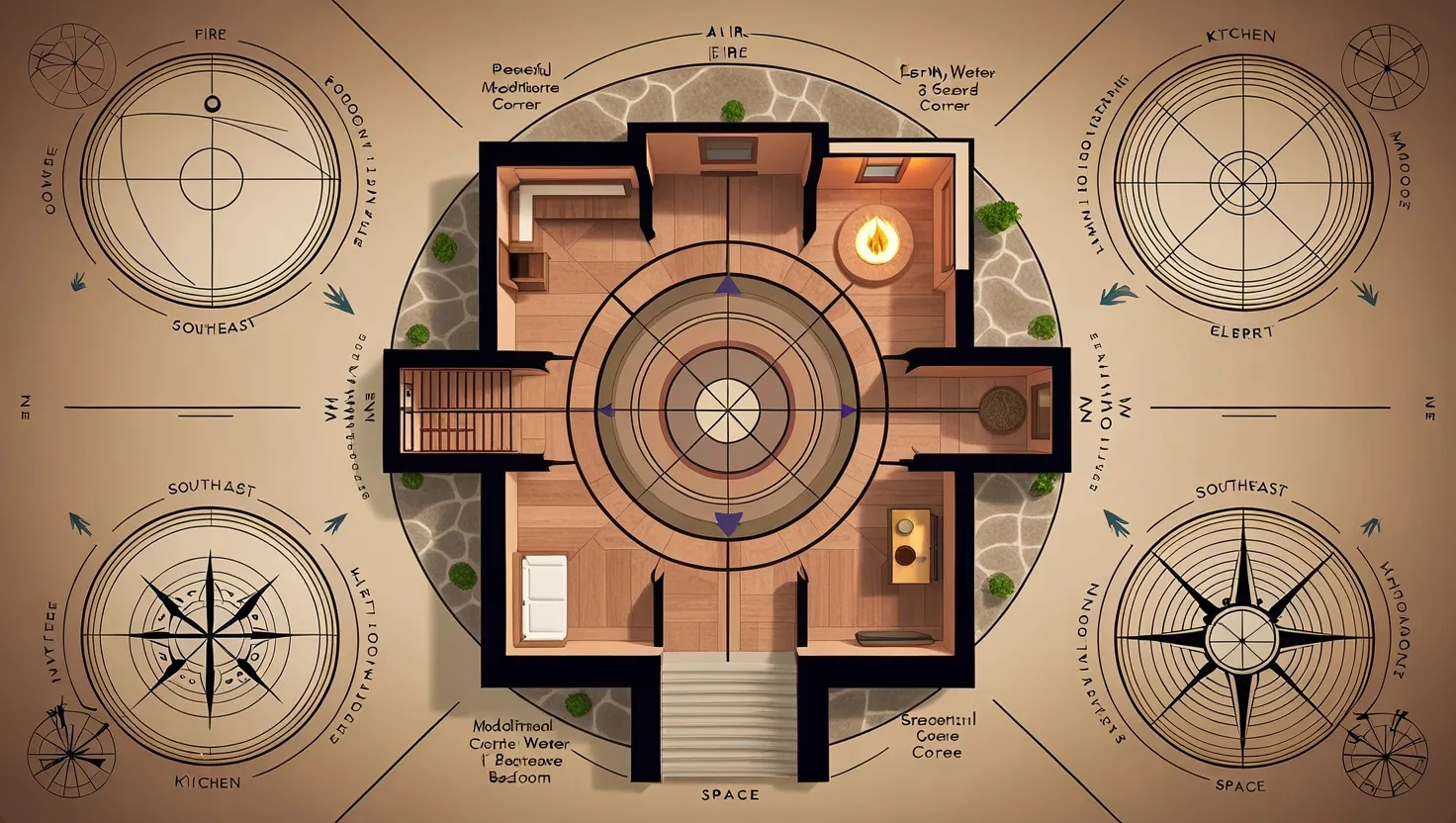In the world of Hindu scriptures, the Yajur Veda is a standout among the four primary Vedas, each offering its unique flavor to India’s spiritual and philosophical tapestry. Nested within the Yajur Veda are texts called the Aranyakas, which play a key role in transitioning from ritualistic practices to deeper meditative spiritual exploration. Let’s dive into the essence of these fascinating texts and appreciate their significance.
So, what’s in a name? Aranyaka comes from the Sanskrit “aranya,” meaning “forest.” These texts were the go-to guides for ascetics retreating into the woods, shifting their focus away from town rituals to more introspective spiritual doctrines. This marked a move from external sacrificial rituals to a more internalized spiritual search, emphasizing personal enlightenment.
Aranyakas aren’t uniform in structure or content. They’re part of the later sections of the Vedas, categorized under the jnana-kanda (or the knowledge section), in contrast to the karma-kanda (which is all about rituals and sacrifices). These texts chat about rituals but also delve into philosophical thought, acting as a bridge between the Brahmanas (which are ritual commentaries) and the Upanishads (which are more about spirituality and abstract philosophy).
Digging into examples, the Brihadaranyaka is a shining star among the Yajur Veda Aranyakas. Part of the Shukla Yajurveda and nestled within the Satapatha Brahmana, it focuses on the Parvargya ritual and also includes the Brihadaranyaka Upanishad. This Upanishad is revered for its deep dives into the nature of self and the universe, often presented through rich dialogues, like the one between Maitreyi and Yajnavalkya.
Another noteworthy text is the Taittiriya Aranyaka from the Krishna Yajurveda, which continues the themes of the Taittiriya Brahmana. It’s packed with discussions on various rituals, like the Parvargya, and early philosophical musings. The Taittiriya Aranyaka is famous for emphasizing prana (life energy) and how it’s central to understanding the soul.
Unlike the more ritual-heavy Brahmanas, Aranyakas have a meditative and philosophical vibe. They interpret sacrifices and ceremonies symbolically, unearthing the secret meanings behind external actions. For instance, the Aitareya Aranyaka decodes the Mahavrata ritual both literally and symbolically, uncovering deeper spiritual meanings within these rituals.
The Kaushitaki Aranyaka is yet another text in the Yajur Veda tradition, covering various spiritual life aspects. It underscores the importance of prana, the Agnihotra ritual’s significance, and even offers antidotes for dodging death and sickness through rituals. This text also stresses spiritual practices like listening (shravana), reflection (manana), and meditation (nidhidhyasana).
Aranyakas are crucial in shaping Hindu philosophy, merging ritualistic Brahmanas with the abstract inquiries of the Upanishads. They represent a shift from external rituals to internal spiritual practices. This evolution is clear in the way Aranyakas treat rituals as both physical and symbolic, metaphysical acts.
Apart from their philosophical richness, Aranyakas offer insights into the geographical, historical, and cultural nuances of ancient India. They reference various locations, events, and social practices, providing a treasure trove of information for scholars intrigued by India’s ancient cultural and historical fabric.
In conclusion, the Aranyakas of the Yajur Veda are more than transitional texts; they’re gateways to deeper spiritual understanding and philosophical inquiry. By diving into these texts, we can appreciate the journey of Hindu thought from ritualistic practices to a more meditative and philosophical realm. Though less voluminous than the Brahmanas, Aranyakas hold immense significance in India’s spiritual and philosophical heritage, offering timeless insights that continue to inspire seekers of knowledge.






